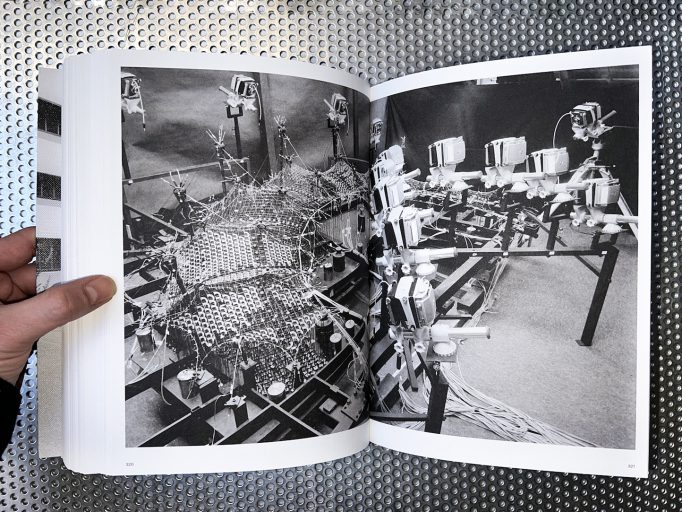Tupac Shakur: The Authorized Biography
Posted in pedagogy on September 3rd, 2024
Tupac Shakur: The Authorized Biography
Staci Robinson
Crown
The authorized biography of the legendary artist, Tupac Shakur, a “touching, empathetic portrait” (The New York Times) of his life and powerful legacy, fully illustrated with photos, mementos, handwritten poetry, musings, and more.
In Tupac Shakur, author and screenwriter Staci Robinson—who knew Tupac from their shared circle of high school friends in Marin City, California, and who was entrusted by his mother, Afeni Shakur, to share his story—unravels the myths and unpacks the complexities that have shadowed Tupac’s existence. Decades in the making, this book pulls back the curtain to reveal a powerful story of a life defined by politics and art—a man driven by equal parts brilliance and impulsiveness, steeped in the rich intellectual tradition of Black empowerment, and unafraid to utter raw truths about race in America.










